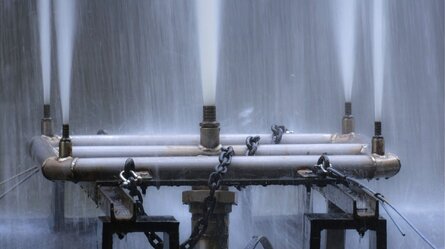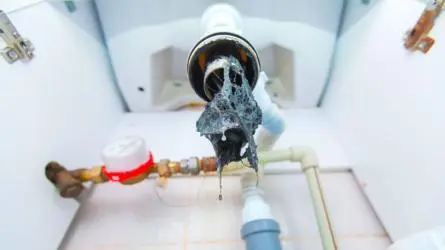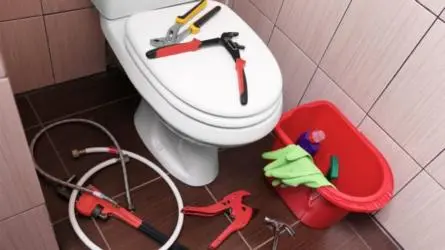If you face low water pressure problems with your home’s water supply, don’t worry- you are not the only one.
We understand that it becomes very frustrating to deal with this issue. Imagine going to shower and spending an hour in the bathroom because of the reduced water flow! Although the problem can easily annoy you, there are plenty of ways to fix it.
The first thing to do is identify the cause behind the problem and then implement the correct method(s) to fix it. And today, in this guide, we will talk about the most common causes of low water pressure in your plumbing system. So, without further delay, let’s check them out.
7 Common Causes Of Low Water Pressure
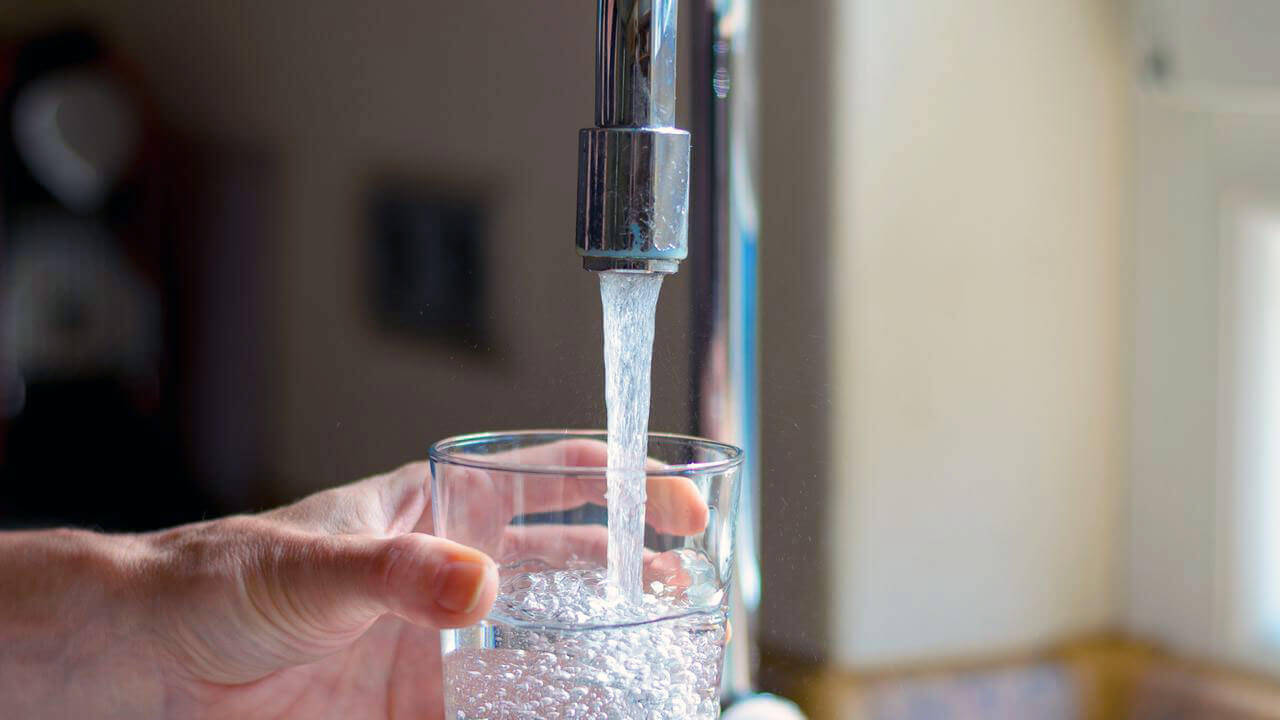
1. Unwanted Build-up In Pipes
When minerals and debris build up in your pipes, it can slowly lead to the water pressure deteriorating over time. Many elements like dirt, sand, and other pollutants can be deposited in the interiors of the pipes.
If clogged pipes are not fixed in time, such accumulations will slowly start entering the sink through the tiny cracks in the pipes. Even the minerals in water can decrease the water pipe diameter, adversely affecting the water pressure.
You can try DIY remedies like cleaning the pipes with baking soda and hot water or removing the pipes for thorough washing. But if the problem persists, get your local plumber to deal more effectively.
2. Corrosion
As pipes age, the water’s iron or other mineral content can cause them to corrode. This can even be true for pipes or multiple plumbing fixtures that should last at least 20 years.
You will most likely notice a reduction in water pressure sooner or later because of corroded pipes, which would ultimately require replacements. Plus, it’s a good idea to prevent a burst pipe. And that’s a job best left to professionals.
You might notice a rusty plumbing fixture (such as a shower head) or faulty fixtures - this can also lead to low water pressure.
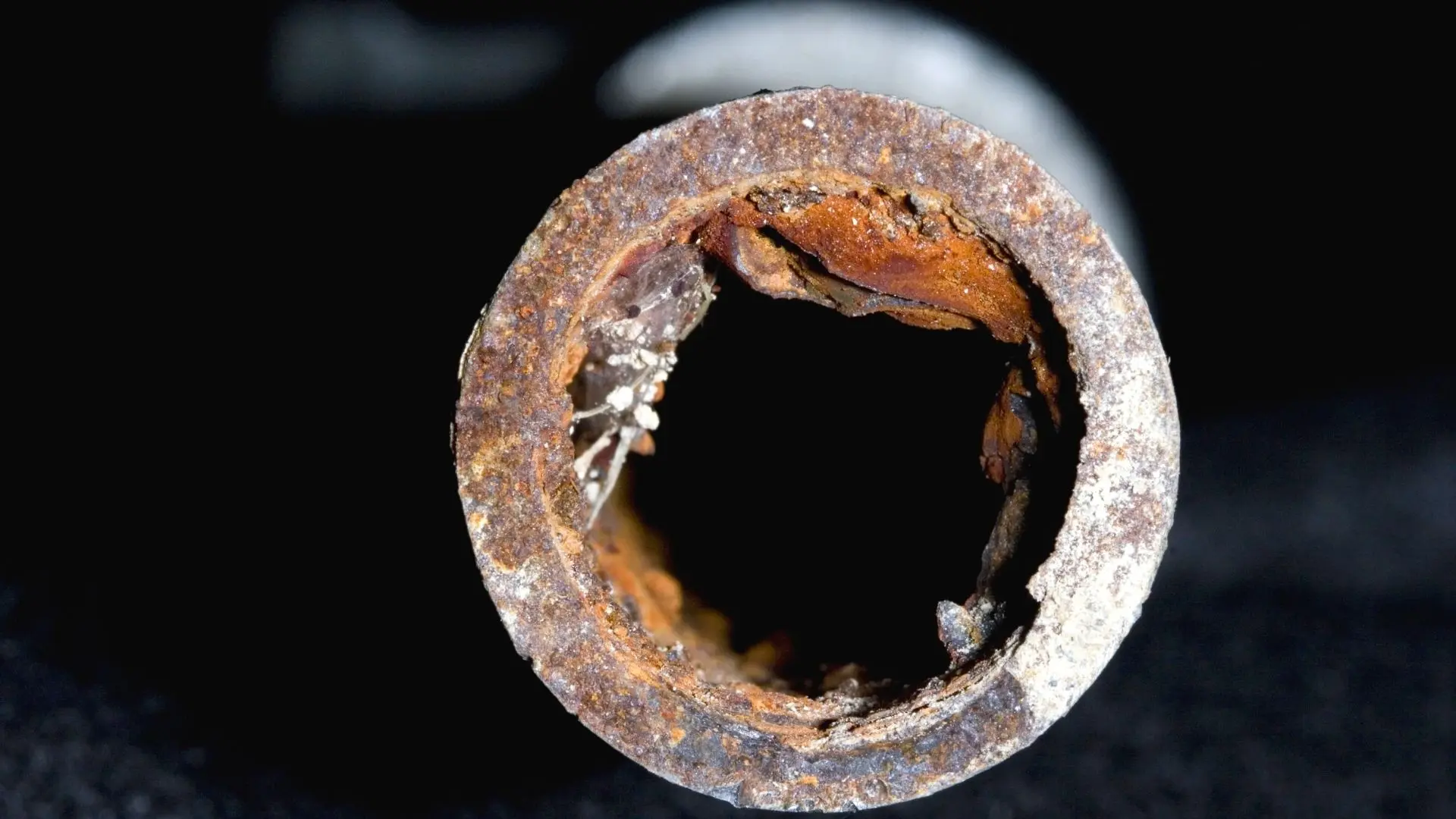
3. Supply Malfunction
At times, it’s not the pipes in your home but the actual water supply that’s causing trouble. The council’s pipes could have dirt, debris, or even corrosion affecting water pressure. So, if your home’s pipes seem fine, it might be best to check with your local supplier to ensure everything’s in order.
If the pipes in your house are suitable and you are still facing a low water pressure situation, it is best to contact the local water supplier. They can check the pipelines and water meter valves.
4. Malfunctioning Shutoff Valve
A malfunctioning valve can reduce the water pressure in multiple pipes or faucets. To get that fixed, you must know how to check whether your main house shutoff valve is performing correctly.
But if you haven’t faced a leakage problem before, the chances are that you have not handled this valve. It can be located outside your house, but don’t forget to check inside.
Once you locate it, check the handles to see if the valve is open. The best thing to do is turn them counterclockwise as far as possible to ensure the valve is available. If it is turning, it isn’t completely open, which causes the water pressure to fall.
5. Old Pipes
If you have recently moved into a new house, the chances are that you will face a lowered water pressure situation because of the old and rusting pipes.
Take galvanized steel pipes, for instance. They tend to corrode and accumulate minerals over the years, gradually reducing water flow. While this build-up doesn’t happen overnight, it certainly accumulates over decades, impacting water pressure.
You will probably notice the problem when you move in, so we recommend replacing them immediately. We always suggest using PEX tubing instead of traditional copper pipes when installing new pipes.
6. Problem With The Pressure Regulator
Not every plumbing system includes a pressure regulator, so if you don’t have one, you can skip this section. However, if you do have a regulator, it could be worth checking it for issues if you’re experiencing persistent low pressure.
However, if you have it and are reeling under continued low pressure from your water outlets, check the regulator to see if you are getting a correct reading.
If the reading is incorrect, attach a pressure gauge to the hose spigot that is in the closest proximity to the regulator. Once installed, when you turn the tap on, it will give you a correct water pressure reading.
If you witness a discrepancy in the readings displayed in the pressure regulator and the water pressure gauge, it can be just a failing pressure regulator. And if you are not getting a reading from a faulty pressure regulator, you know it needs to be replaced. For this purpose, we suggest you get a trained plumber to replace your broken pressure regulator.
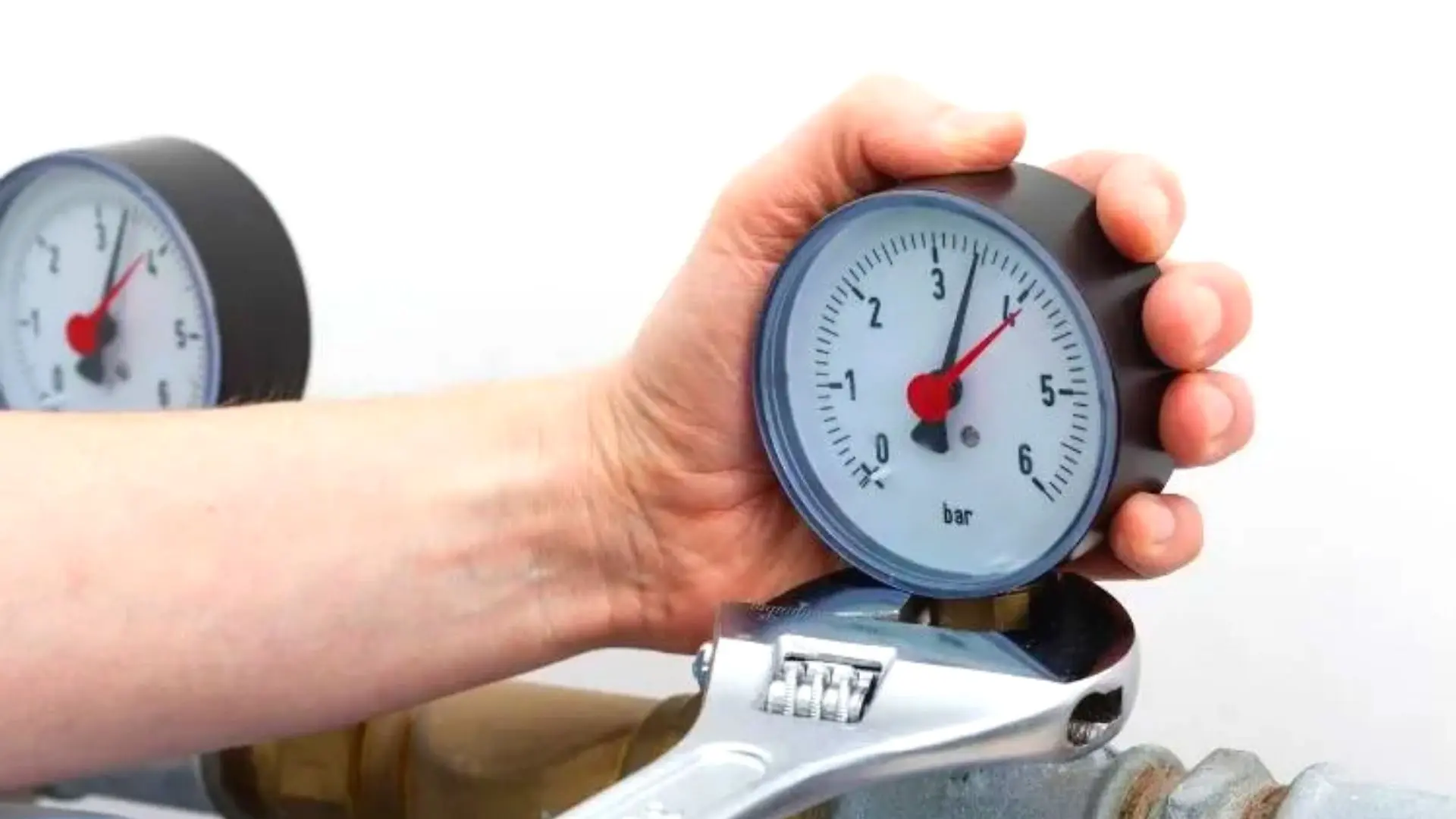
7. Shared Pipelines
Sometimes, the pipelines that deliver water are shared between houses and not just kept for personal use—I wonder what this means. Let us break it down for you.
If you share a pipeline with your neighbour, the water pressure will decrease when they shower or wash their car.
However, this doesn’t mean paying for their water consumption. However, the pressure is adversely affected because the water supply is divided. It is like someone in the house running the dishwasher when you shower. Only this time, you cannot scold them for doing it while bathing!
One solution is to adjust your water usage times and routines. This might sound like a bit of effort, but it can be quite effective. Just ensure your neighbour isn’t using water heavily at the same times, and things should improve.
However, if the water pressure still does not improve, it is best to replace the pipes. Contact a licensed local plumber to do the work efficiently with no hidden charges. If they are not transparent with their prices, your bill will generally turn up much higher than expected.
Fixing Your Low Water Pressure
While you practically cannot solve a problem with the water supply company or main city supply pipe, you can always try other solutions. Start with a preliminary check and try DIY techniques to see if you can raise the water pressure.
If your DIY attempts don’t work, it’s time to call in a reliable plumber. With advanced technology, they can use a CCTV camera to effectively spot any blockages, helping to restore your water pressure efficiently.
The key here is to stay cautious and take a step when you see that the water pressure in your home has decreased. If you leave it unattended for long, the condition will deteriorate faster, resulting in repairs or replacements worth thousands of dollars. So, keep an eye on the faucets. Leaking pipes could also be another culprit.
If you are experiencing low water pressure in Perth, speak to our Woolf Plumbing & Gas professionals.
And until next time!


